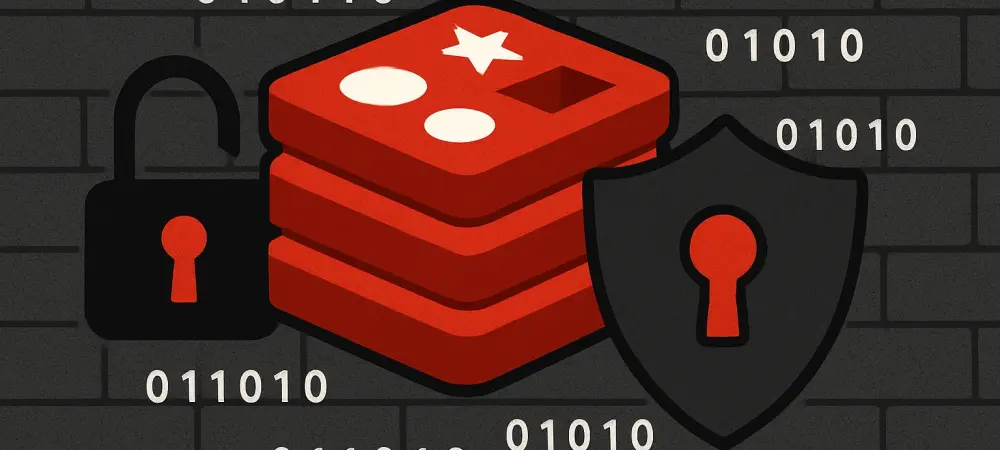In a digital landscape where data is the lifeblood of organizations, a severe vulnerability in Redis, a widely adopted in-memory database software, has emerged as a significant threat to cybersecurity across industries. This critical flaw, identified with the highest possible severity score, exposes countless systems to potential exploitation, raising alarms among security experts and organizations alike. With hundreds of thousands of Redis instances accessible online, many lacking even basic protections, the risk of devastating attacks looms large. The discovery of this long-standing issue underscores the fragility of even the most trusted technologies when configurations are left unsecured. As cloud environments and interconnected systems become increasingly integral to operations, addressing such vulnerabilities promptly is no longer optional but imperative for safeguarding sensitive information and maintaining trust in digital infrastructures.
Unveiling the Vulnerability
Understanding the RediShell Flaw
A critical security flaw in Redis, cataloged as CVE-2025-49844 and dubbed “RediShell,” has been assigned a CVSS score of 10.0, marking it as a top-tier threat with potentially catastrophic consequences. Reported to the Redis team by a leading cloud security firm, this vulnerability originates from a use-after-free memory corruption issue within the software’s Lua scripting functionality. Having persisted in the source code for over a decade, it impacts all versions of Redis that support Lua scripting. The flaw allows an authenticated attacker to craft a malicious Lua script that manipulates the garbage collector, triggers the memory corruption, and escapes the Lua interpreter sandbox. This escape enables the execution of arbitrary code on the host system, opening the door to severe outcomes such as unauthorized data access, credential theft, or malware deployment. While the requirement for authenticated access offers a layer of defense, the sheer scale of exposed instances amplifies the urgency to address this issue.
Potential Impacts on Systems
The implications of the RediShell vulnerability extend far beyond a single compromised system, posing a systemic risk to organizations relying on Redis for critical operations. Successful exploitation could facilitate data exfiltration, encryption of vital information, or lateral movement within cloud environments, enabling attackers to infiltrate broader networks. Such breaches could disrupt business continuity, compromise customer trust, and incur significant financial losses. Historical trends show Redis instances as frequent targets for threat actors engaging in activities like cryptojacking or botnet recruitment, and while no evidence of this specific flaw being exploited in the wild has surfaced, the potential for abuse remains alarmingly high. With approximately 330,000 Redis instances exposed to the internet, including 60,000 without any authentication, the attack surface is vast. This widespread exposure, combined with the flaw’s severity, highlights the critical need for robust security measures to prevent devastating breaches.
Mitigation and Response Strategies
Immediate Fixes and Patches
In response to the RediShell vulnerability, Redis released patched versions on October 3, including updates 6.2.20, 7.2.11, 7.4.6, 8.0.4, and 8.2.2, to address the critical flaw. Organizations are strongly urged to update their systems to these versions as a primary defense against potential exploitation. For those unable to apply patches immediately, temporary workarounds offer a stopgap solution. Restricting Lua script execution through access control lists by blocking commands like EVAL and EVALSHA can significantly reduce risk. Additionally, ensuring that only trusted users have the ability to execute potentially dangerous commands adds another layer of protection. These interim measures, while not a substitute for full updates, help mitigate exposure during the transition period. The swift release of these fixes reflects the gravity of the issue and the commitment to safeguarding users, but the onus remains on organizations to implement them promptly to secure their environments.
Long-Term Security Practices
Beyond immediate remediation, the RediShell flaw serves as a stark reminder of the importance of long-term security practices for Redis deployments. Securing instances with strong authentication mechanisms is paramount, as the vulnerability requires authenticated access for exploitation, making unprotected systems particularly vulnerable. Limiting exposure to the internet by configuring Redis instances behind firewalls or within private networks further reduces the attack surface. Regularly auditing configurations to identify and rectify insecure settings can prevent similar risks from emerging. Disabling unnecessary functionalities like Lua scripting, when not required for operations, also minimizes potential entry points for attackers. As cloud environments grow in complexity, adopting a proactive stance on security—through continuous monitoring and timely updates—becomes essential. This incident underscores the need for a cultural shift toward prioritizing cybersecurity at every level of technology deployment to avert future crises.

